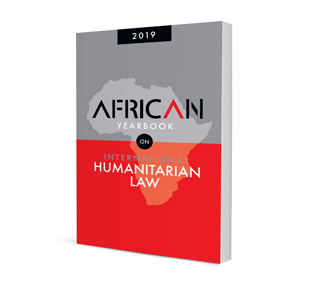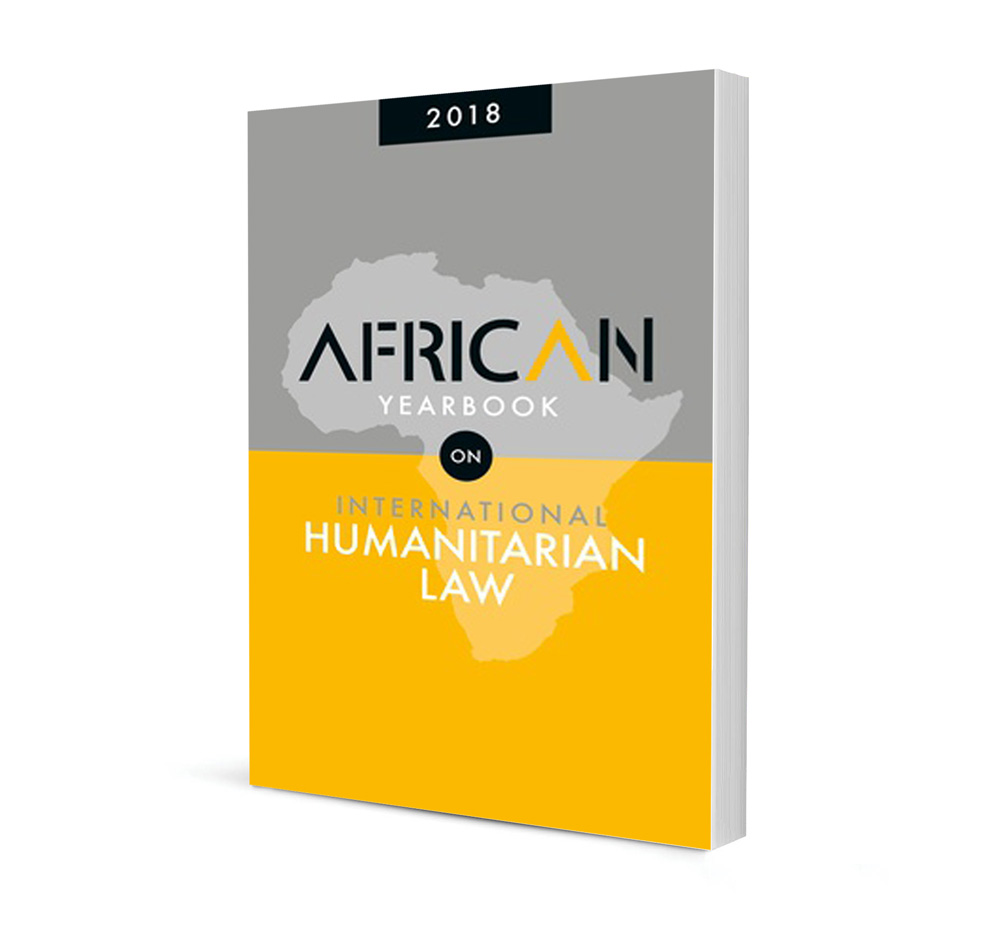Transparent, structured, and qualified: Why process matters for electing the next ICC Prosecutor

Transparent, structured, and qualified: Why process matters for electing the next ICC Prosecutor
Authors: Evelyn A Ankumah and James Goldston
ISSN: 2521-2621
Affiliations: Executive director of Africa Legal Aid (AFLA); Executive director of the Open Society Justice Initiative
Source: African Yearbook on International Humanitarian Law, 2019, p. 129 – 134
Abstract
None
